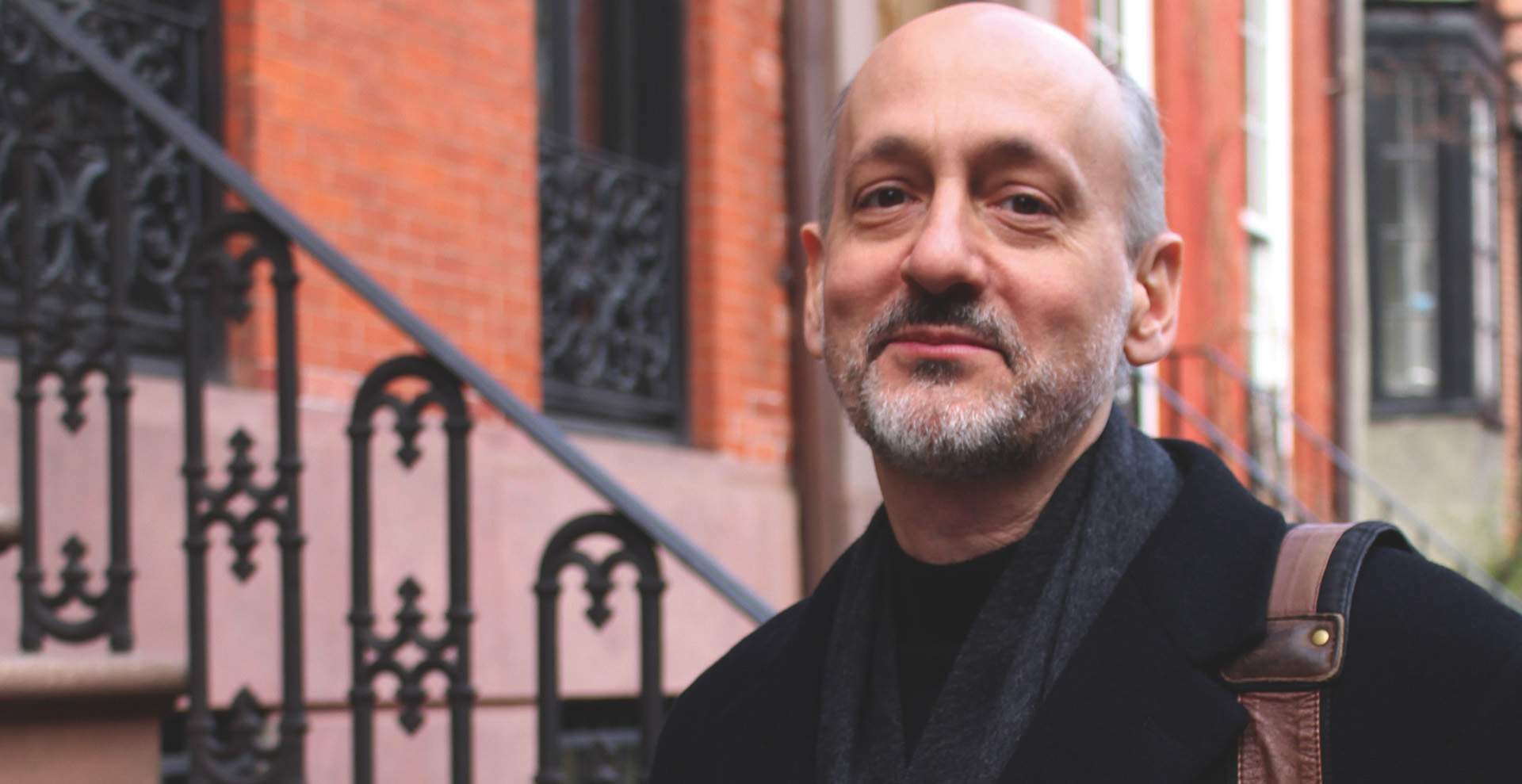Tessa hasn’t returned to her family estate since she was a child and a Goya masterpiece was stolen, until now. But when she arrives she finds the door hanging open and her grandfather dead, his eyes open and staring at the empty space where the Goya once hung. New York literary agent Neil Olson’s first book in a decade The Black Painting (HQ, £8.99) is a thrilling murder mystery.
What is it about missing art that provides a good starting point for fiction?
Unlike a book, which works its magic over time and is infinitely reproducible, a painting is unique, and its impact immediate. Certainly, rare manuscripts have served as McGuffins in fiction, but I like the visceral power of painting. And a painting can represent very different things to different characters. A thing of beauty, a financial investment, a spiritual object.
The narrative centres on the work of Francisco Goya. What is it about Goya’s work that inspired you to write the novel?
A dozen years ago I was in the Prado Museum researching a different artist when I stumbled on Goya’s black paintings. I had seen reproductions, but I was unprepared for their size, power and bleakness. Goya was always a sharp commentator on humanity’s perversions, and these late works represented a crisis in his life. He was old, deaf and shunned by the nobility who once celebrated him. Later, when I conceived the idea of a painting that caused madness, I didn’t have to think long about who my artist was.
The book explores the effect greed can have on families. What do you hope readers take away from the story?
Greed, anger, selfishness and abuse of all kinds are passed down parent to child in families. It’s every generation’s challenge to uncover those malicious patterns and attempt to break free of them.
The protagonist, Teresa, suffers from an illness but the reader never finds out exactly what it is. What is the reason for this?
Diagnoses of Teresa’s condition are hinted at but I wanted the freedom to employ whatever symptoms served the needs of the story. More importantly, I wanted to leave it open to the reader’s own judgement whether these are, in fact, misfires of the brain or messages being sent to her, either from her own unconscious, or elsewhere.
Your first novel, The Icon, is also based on a work of art. What is your personal connection to the art world?
I was an art history major in college, and my mother is a painter – Rose Olson: her latest show is at the Kingston Gallery in Boston, Massachusetts right now! I’ve never participated in the art world in any professional capacity but I have a decades-long fascination, and have talked to many curators and gallerists about what they do.
The Black Painting is your first published novel in more than 10 years. What drew you back to writing fiction?
I never actually stopped but, with my all-consuming day job, it takes a long time for me to complete anything, and the last couple of attempts were – so far – unsuccessful experiments. But nothing is ever wasted.
As well as being an author you also work as a literary agent. How does your work as an agent inform your writing?
I didn’t think I needed a lesson in humility but I have certainly gotten that. It’s a tricky matter putting your art up for public scrutiny, and more toughness is required than we in the business sometimes realise. No matter how much you love your clients and their work, there is no substitute for walking in their shoes, and I hope it has made me a more insightful and empathetic champion.



Leave a reply
Your email address will not be published.